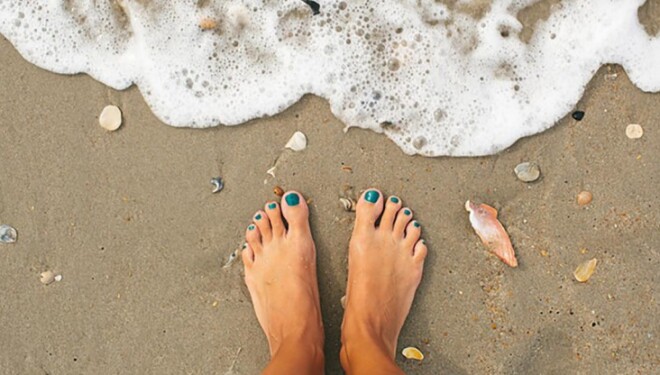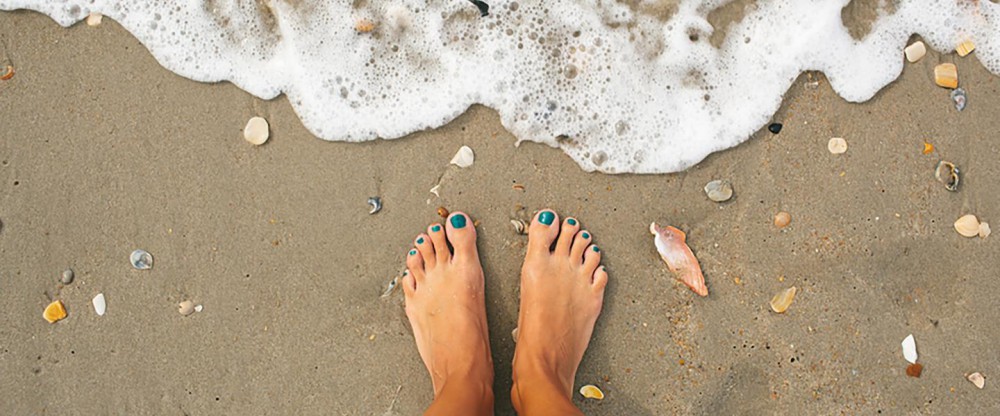Obesity and Sleep

What do you advise your obese patients who have sleep problems to do?
I think doctors spend way too much time browbeating people about losing weight. We should be focusing on taking obese people and helping them to be fit. The way I approach obesity is to first advise regular exercise: walking 20–30 minutes a day at first, getting up to 2–3 hours a day, if possible. Although 20 minutes of exercise a day improves cardiovascular fitness, quite a bit more exercise is required to help with weight loss. We need more than 20 minutes a day to burn more calories. Once you have established a reasonable exercise base, then you can focus on losing weight through diet.
For the obese patient with OSA, first get the apnea treated. Get on CPAP. Then begin exercising and working on healthier eating habits. Unfortunately, we do not have great treatments for obesity that have long term success rates of much greater than 5–10%. Thus I prefer to start therapy with CPAP (70% success rate) and exercise (probably less than a 50% success rate).
Is there a connection between exercise and healthy sleep?
Studies on the relationship between exercise and sleep are all over the map. Patients who are not physically fit and exercise within 6 hours of going to bed are likely to fragment their sleep, possibly because of aches and pains. I recommend exercise early in the day for patients who aren't physically fit.
For patients who are physically fit, the timing of the exercise generally doesn't make any difference. Interestingly, for physically fit patients, eliminating exercise often results in insomnia—but we don't know exactly why.
Many of my patients have severe sleep apnea, depression, and a variety of other conditions. Those who get out and exercise tend to feel better and accomplish more in the daytime. We've found that beneficial exercise is not only walking, but also weight lifting—especially for the elderly. The data on improving quality of life through exercise is better than the data on dieting.
-—Richard Simon, MD, is Medical Director of the Kathryn Severyns Dement Sleep Disorders Center at St. Mary Medical Center in Walla Walla, WA.
This article originally appeared in the Fall 2003 issue of sleepmatters.
The right head support can greatly improve how comfortable you feel in bed.Learn more about how these medical devices can make a big difference in nighttime comfort for people with breathing issues.Sleep Apnea is a sleep disorder in which breathing is briefly and repeatedly interrupted during sleep. Learn how to cope...A frequent need to get up and go to the bathroom to urinate at night is called nocturia. It differs...Nearly one-quarter of all workers have shifts that are not during the daytime, and more than two-thirds of these workers...Have you ever wanted to know what happens to your body during menstruation? The latest infographic from the National Sleep...The Electronics and Sleep infographic highlights how technology affects the modern family and how parents can help design a sleep...Orexin receptor antagonists: A new class of sleeping pill Find out more about orexin, and a new type of sleep...Great news: more than three-fourths (76%) of those surveyed say that they had a good night’s sleep at least a...How you feel about the sleep you get every night is known as sleep satisfaction. Unlike sleep quantity (which objectively...

Source: Internet





